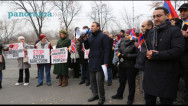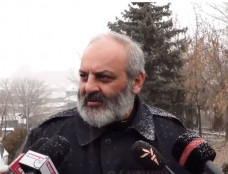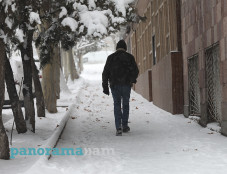
Azerbaijan attempted to test the Armenians’ defences, Thomas de Waal writes
“The most likely cause [for the ceasefire to crack on April 2] was an Azerbaijani attempt to test the Armenians’ defenses and force them to negotiate from a weaker position,” writes senior associate with Carnegie Europe, Thomas de Waal in Politico Europe.
According to him, Armenia and Azerbaijan are two or three steps away from a Bosnia-style conflict that could be deleterious for the wider region.
“The 1994 ceasefire was supposed to be a prelude to the peace agreement that never came. The ceasefire has been under heavy strain for a couple of years now. Azerbaijan has been building up its store of heavy weapons and both sides have engaged in rhetoric more extreme than at the height of the conflict in the 1990s.
The ceasefire finally cracked on April 2. The most likely cause was an Azerbaijani attempt to test the Armenians’ defenses and force them to negotiate from a weaker position. But the human price was high. Officially, several dozen people were killed. Experts put the death toll nearer to 200, including many civilians,” the expert writes.
According to Tom de Waal, a security vacuum has opened up around Karabakh. It will only be filled by serious peace talks — or by more fighting. He also mentions that other regional neighbors are also alarmed. “Georgia, in particular, could become caught in the crosshairs. Armenians and Azerbaijanis constitute Georgia’s two biggest minorities. The BP-run Baku-Tbilisi-Ceyhan oil pipeline that runs through the country could also become a target.”
Waal also writes Russia has done little since the ceasefire of April 5.
“This balancing game means that Russia is unable to set the agenda in Karabakh. So the common belief that, if things get worse “Russia can handle it,” is misplaced. This poses a challenge to the United States and France. Neither has done enough to offer a balanced international plan,” the expert concludes.
Newsfeed
Videos






























